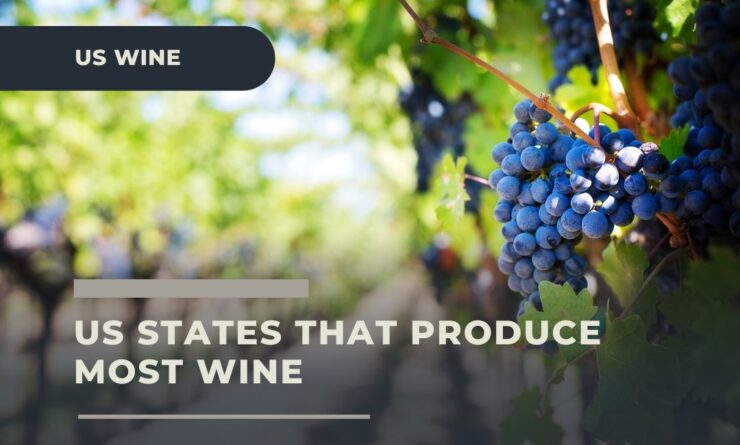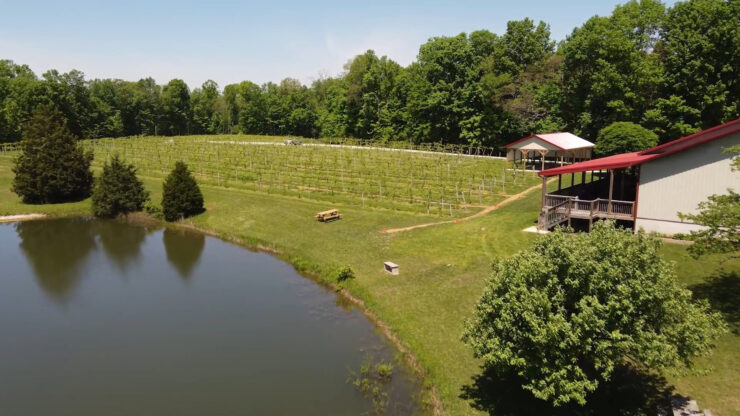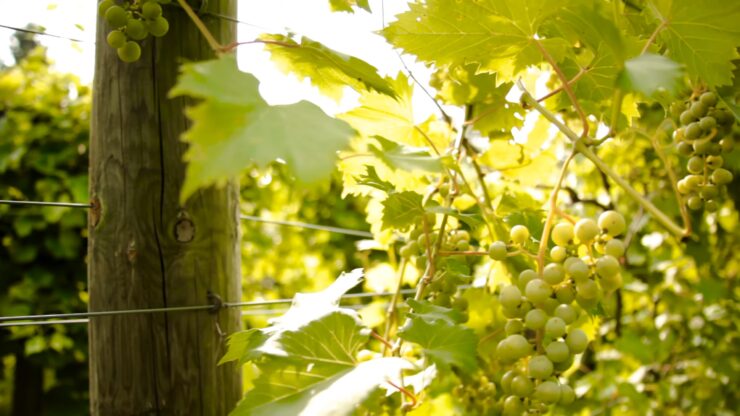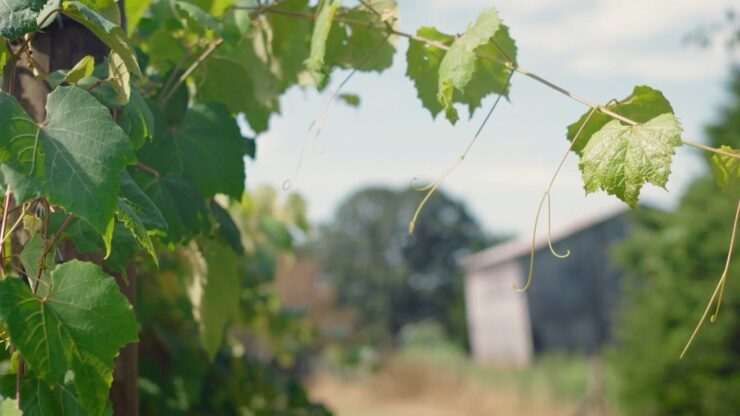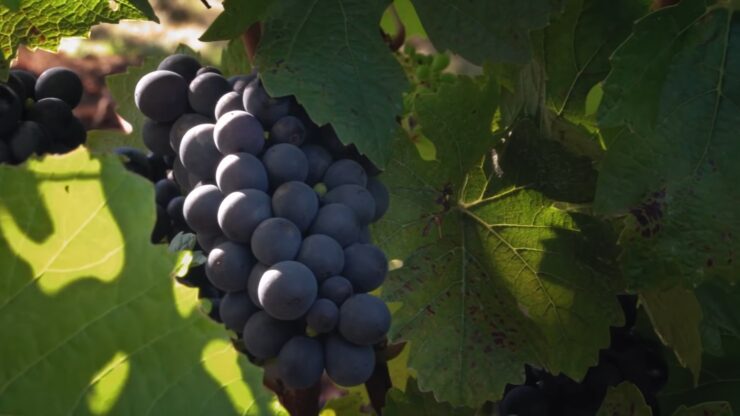Did you know that the tradition of wine dates back to as early as 6000 BC? Yes, wine has been our faithful companion through the ages, weaving its way into the culture and fabric of societies around the world.
Today, this delicious beverage has grown into a colossal industry with a hefty price tag to match – a staggering $441.6 billion in 2022, according to Vantage Market Research. It seems our love affair with wine is only growing stronger.
The industry is projected to further flourish to a mind-boggling $698.54 billion by 2030. Despite the dreadful impacts of the coronavirus pandemic on many sectors, the confinement at home only fueled our relationship with wine, causing a significant 22% spike in consumption during the period.
Let’s talk about the United States, the crowned king of the wine world in 2022. With a whopping revenue of $52.7 billion, it led the global wine market.
Much of this wine production happens in the sunny heartland of California, which accounts for an incredible 85% of all U.S. wine production. The U.S. is generously sprinkled with over 11,000 wineries, each crafting its own unique flavors in limited quantities.
In 2021, the country proudly contributed more than 773 million gallons of wine, making up over 9% of global wine production. In the past ten years, wine has managed to grab a 17% share of U.S. alcoholic beverage sales.
However, this love seemed to wane a bit in 2021, dropping to 16%, and this trend stubbornly lingered into 2022. But don’t worry, the wine still managed to hold its own better than beer, which suffered more significant sales drops.
Meanwhile, spirits played the role of the knight in shining armor, filling the gap left by wine and beer. Despite this small hiccup, the shelves of our local retailers are still brimming with delightful table wine brands like Sonoma-Cutrer by Brown-Forman Corporation (NYSE: BF-B) and Kim Crawford and Ruffino by Constellation Brands, Inc. (NYSE: STZ).
E&J Gallo Winery, in 2005, even got its hands on the top American table wine brand, Barefoot, which bagged a cool $582 million in U.S. sales in 2022. Curious about where most of the wine sales happen? Well, it’s predominantly in tasting rooms, closely followed by wine clubs.
Methodology
Now, you might be wondering how we ranked the top wine-producing states in the U.S. Our trusty guides on this journey were the data provided by This Day in Wine History and the World Population Review.
We ranked the states based on their share in the American wine market and listed the top 15 wine-producing states based on their production in gallons in 2022.
And, if you’re someone who loves exploring more than just wine, our article “20 Most Consumed Beer Brands in the World” might just catch your fancy.
Cheers to Wine: Uncovering America’s Top 15 Wine-Producing States
15. The Hoosier Harvest – Indiana
Indiana, with its hearty yield of 1,411,540 gallons of wine, sits comfortably at the 15th spot in America’s wine landscape. Tracing back to the 18th-century European settlers, wine has been a Hoosier heritage.
Today, the state’s nearly 100 wineries produce more than just wine; they contribute a staggering $2.4 billion to Indiana’s economic pot, celebrating an over 15% growth rate annually.
Wine Production by Gallons: 1,411,540
14. Sunshine and Vines – Florida
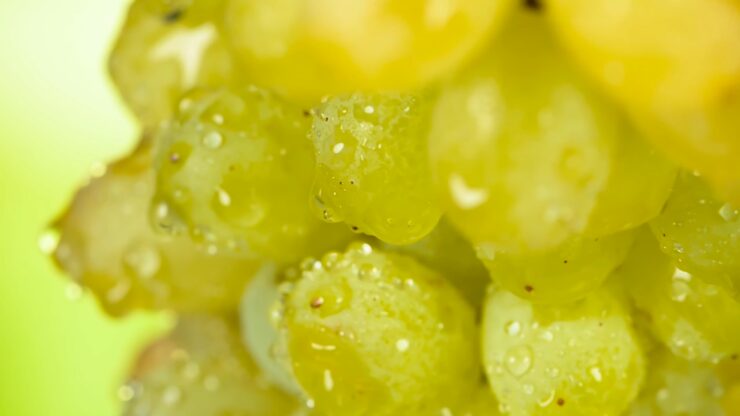
This thriving industry injects $15.21 billion into the state’s economy and employs over 66,000 Floridians directly, while also supporting numerous related sectors.
Wine Production by Gallons: 1,634,103
13. Jersey’s Juice – New Jersey
New Jersey, having witnessed a wine renaissance over the last three decades, now stands proudly with a wine production of 1,832,325 gallons. This Garden State’s wine industry blossomed after the 1981 legislation eased Prohibition-era regulations, triggering an upsurge in wineries and wine acclaim.
Today, it contributes 0.23% to the total US wine production.
Wine Production by Gallons: 1,832,325
12. Carolina’s Grape Charm – North Carolina
From almost non-existent wine production in 1950 to being the 12th largest wine-producing state, North Carolina’s vineyards yield a bountiful 1,903,060 gallons annually. Its rich soil and extended growing season have turned it into a vineyard Eden, inviting two million wine enthusiasts yearly, and adding nearly $2 billion to its economic basket.
Wine Production by Gallons: 1,903,060
11. Texan Tipple – Texas
Texas, with a winemaking history as vast as its lands, produced 1,907,299 gallons of wine last year. Its unique climate and history date back to the 1650s Spanish missionaries.
Today, the Texas wine industry contributes an impressive $20.35 billion to the US economy and sustains over 141,000 jobs.
Wine Production by Gallons: 1,907,299
10. Virginia’s Vintages – Virginia
Virginia’s 400-year-old wine heritage has evolved over the last 50 years into a viticulture powerhouse, contributing 2,157,395 gallons to the national wine pool. Its 312 wineries scattered across ten regions and eight AVAs (American Viticultural Areas) add $1.73 billion to the state’s economy, a 27% increase since 2015.
Wine Production by Gallons: 2,157,395
9. Vermont’s Vines – Vermont
Despite its cold climate, Vermont, with 2,172,526 gallons of wine produced annually, stands as the 9th largest wine producer. The state began its commercial winemaking journey in 1997 with the establishment of Snow Farm Winery, now known for its cold-hardy French hybrid grapes and innovative vinification techniques.
Wine Production by Gallons: 2,172,526
8. Kentucky’s Grape Gallantry – Kentucky
Kentucky, with its robust wine production of 2,176,059 gallons, boasts a wine history dating back to 1799. Once the third-largest wine producer in the 19th century, it is now home to over 65 wineries and 150 grape growers, giving life to more than 100,000 cases of wine each year.
Wine Production by Gallons: 2,176,059
7. Michigan’s Merlot Magic – Michigan
With a wine story that began in 1780, Michigan now produces 2,576,238 gallons of wine. The state, known for its great lakes and lush landscape, has 3,375 acres of wine grapes and more than 200 commercial wineries, marking its firm spot in the national wine sector.
Wine Production by Gallons: 2,576,238
6. Ohio’s Wine Odyssey – Ohio
Renowned for its breathtaking waterfalls, Ohio ranks as the sixth-largest wine producer, crafting an impressive annual output of nearly 6 million gallons of wine. With over 486 wineries, Ohio’s wine journey has evolved from using Native American grapes to incorporating advanced techniques and diverse grape varieties, solidifying its place in America’s wine narrative.
Wine Production by Gallons: 5,938,739
5. Oregon
Wine Production by Gallons: 11,822,972
Oregon ranks as the fifth-largest wine-producing state in the United States. Its sprawling vineyards blanket approximately 31,000 acres of land, yielding an impressive harvest of around 60,000 tons of grapes.
With over 70 different grape varieties grown in the state, more than 700 wineries benefit from this diverse abundance. The fame of Oregon’s wine is largely attributed to its acclaimed Pinot Noir, which garnered top honors in the Wine Olympics of 1979.
The region’s winemaking heritage dates back to 1847 when the first grape crops were cultivated. Subsequently, in the 1850s, Peter Britt founded the state’s inaugural winery in Jacksonville, marking a pivotal moment in Oregon’s wine history.
Wine Production by Gallons: 11,822,972
4. Pennsylvania
Pennsylvania holds a 1.54% share in the total wine production of the United States, contributing more than 12 million gallons. Additionally, the state dedicates over 1400 acres of land to wine production, supplying wine grapes to approximately 300 wineries.
The rich history of vineyard cultivation in Pennsylvania traces back approximately 330 years when William Penn initiated vineyard production in Fairmont Park, Philadelphia. This historic state was also home to the discovery of the first hybrid grapes, blending European and North American varieties.
Moreover, Pennsylvania boasts the distinction of housing the country’s first-ever commercial vineyard.
Wine Production by Gallons: 12,405,181
3. New York
Ranking third in wine production after California and Washington, New York stands as a significant wine-producing state in America. Its vast vineyards cover 11,000 acres of dedicated grape-growing land, yielding an impressive 57,000 tons of wine grapes supplied to over 470 wineries throughout the state.
A majority of the grape variety produced in New York is Vitis labrusca, comprising 83% of the total grape varieties.
The origins of wine production in New York trace back to the Dutch.
Wine Production by Gallons: 27,969,308
2. Washington
Taking the second spot in American wine production, right after California, Washington contributes around 5% of the total wine output in the country. The state’s expansive vineyards cover around 55,000 acres, producing approximately 210,000 tons of grapes.
Fueling this flourishing industry, Washington is home to 1050 licensed wineries that collectively produce more than 17 million cases of wine each year, contributing more than $8 billion in annual in-state economic impact. The roots of wine production in Washington were planted by Italian emigrants in the Walla Walla region during the 1860s and 1870s.
The first grape variety to be cultivated in the state was Cinsault in the 1910s. Since then, Washington has grown to become a prominent player in the American wine scene.
Wine Production by Gallons: 40,747,190
1. California
California ranks as the 4th largest wine producer globally and holds the title of being the largest wine producer in America, contributing a significant 84% share to the total American wine production. Home to several leading wine companies, including E & J Gallo Winery, its vast vineyards sprawl across 635,000 acres dedicated to grape cultivation, with a substantial 256,975 acres specifically dedicated to wine grapes production.
The state cultivates more than 300 grape varieties, supplied to over 1200 wineries across the state. The rich history of wine production in California traces back to the 17th century when Spanish Missionaries first introduced vineyards with each mission they established.
This early influence laid the groundwork for California to emerge as a prominent force in the world of winemaking.
Wine Production by Gallons: 680,272,512
FAQ
What are the main types of wine?
The main types of wine can be categorized into five groups: Red, White, Rosé, Sparkling, and Dessert. The variety within these categories can be vast, depending on the grape variety, winemaking techniques, region, and many other factors.
How does the climate impact wine production?
The climate plays a vital role in wine production. Warmer climates tend to produce grapes with higher sugar content, resulting in higher alcohol content in wines. On the other hand, cooler climates can produce wines with higher acidity.
The climate also influences the types of grapes that can be grown and, thus, the types of wines that can be produced in a region.
What is the role of aging in wine?
Aging can significantly affect the taste and quality of wine. As wine ages, the flavors, aromas, and colors evolve, often becoming more complex and harmonious.
Some wines, like many reds, are designed to benefit from aging, while others, like most whites, are usually best enjoyed soon after purchase.
How do I properly store wine?
Proper storage is crucial to maintaining the quality of the wine. Wine should be stored at a consistent, cool temperature, away from light and vibration. Humidity should also be controlled to prevent the cork from drying out.
How has the wine industry adapted to environmental concerns?
Many vineyards and wineries have taken steps to adopt more sustainable practices in response to environmental concerns. This includes organic and biodynamic farming practices, water conservation, and the use of renewable energy.
Additionally, some wineries have also made efforts to reduce their carbon footprint by using lighter-weight bottles and sustainable packaging materials.
What are the health benefits and risks of consuming wine?
Moderate wine consumption has been associated with certain health benefits, including improved heart health and longevity. However, excessive consumption can lead to negative health effects, including liver disease, addiction, and an increased risk of various cancers. It’s always important to drink responsibly and in moderation.
Final Words
As we raise a glass to the world of winemaking in the United States, it’s clear that each state, with its unique history, climate, and viticulture practices, brings something truly special to the table. From Indiana’s robust growth to Ohio’s impressive production, the U.S. wine industry paints a vibrant picture of diversity, heritage, and innovation.
As we look forward to the future, we can anticipate even more exciting developments and flavors, further enriching America’s wine tapestry. So, here’s to the fine art of winemaking and the joy it brings to our tables.
May we continue to explore, enjoy, and celebrate the wonders of American wine. Cheers!

